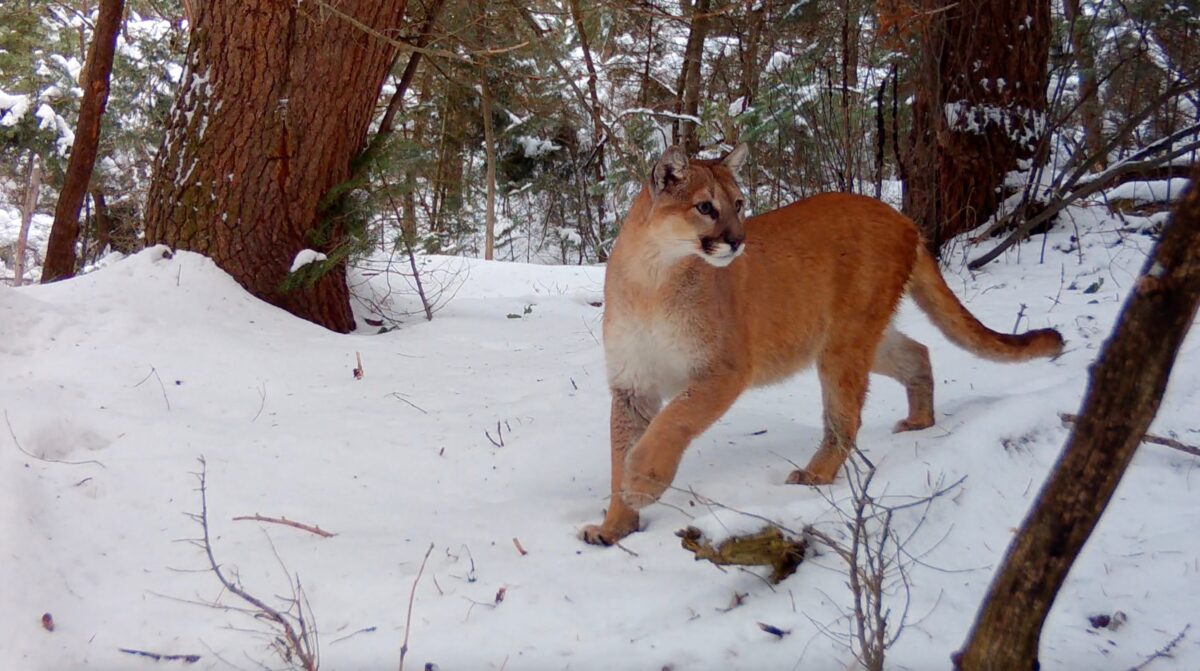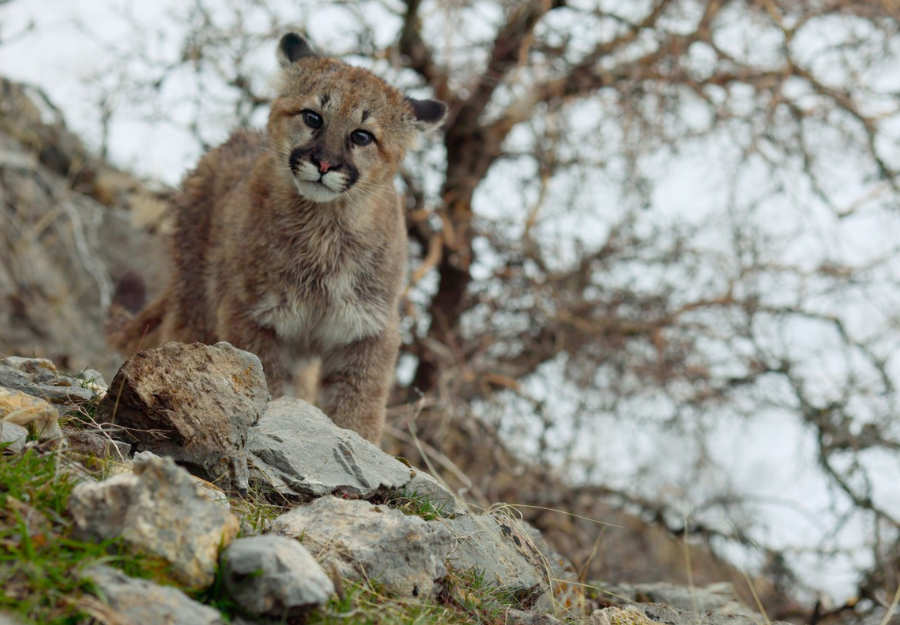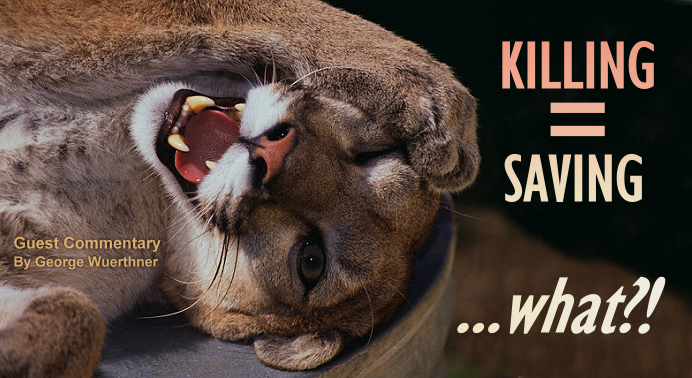
To Save Wildlife You Must Hunt Them?
Guest Commentary by George Wuerthner, reposted from CounterPunch
Many state wildlife agencies and organizations promote the North American Model of Wildlife Conservation (NAMWC) as a guiding philosophy for management. There are seven major themes to the model. Despite the promotion of NAMWC, there are many apparent contradictions between the ideal and how wildlife is actually managed by state wildlife agencies.
Seven Themes of the North American Model of Wildlife Conservation
- One of the most important ideas articulated by the NAMWC is that wildlife is a public trust and must be managed for all citizens. No one can “own” wildlife.
- Commercial hunting of wildlife is prohibited (but not trapping which is one of the obvious contradictions).
- Public participation is essential in development of wildlife management policies.
- The recognition that many wildlife species are of international importance, therefore, Americans have an obligation and responsibility to manage wildlife as an international heritage.
- Science should be used to articulate management policies.
- A philosophical and legal ban on wasteful and frivolous killing of wildlife.
- Hunting is a legitimate use of wildlife.
There are many good aspects of the NAMWC. However, just as the authors of the Declaration of Independence declared all “men are created equal”, and the United States has not fully lived up to this commendable goal, there are aspects of wildlife management policy that state wildlife agencies advocate that do not live up to the admirable goals of the NAMWC. Nowhere is this more obvious than the attitudes and policies directed towards predators like wolves.
The Influence of Hunters on Wildlife Policy
NAMWC proponents are quick to promote the idea that recreational hunters “saved” wildlife, and are the primary interest group in promoting wildlife conservation.
There is some truth to the assertion. Enlightened hunters like Theodore Roosevelt, George Bird Grinnell, Gifford Pinchot and others joined together to form the Boone and Crockett Club that among other things promoted recreational hunting to counter the destructive effects of market hunting and unrestricted subsistence hunting.
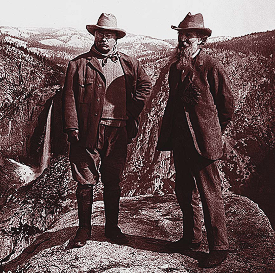
They promoted the idea of the “fair chase” and the “trophy” hunt to counter unrestricted hunting. To facilitate such hunting ethics the Boone and Crockett Club promoted restrictions on how many animals could be killed, season of hunting and other changes that once implemented did result in a recovery of so called “game” species like elk and deer.
It should also be noted, however, that these early hunter/conservationists like Grinnell and Roosevelt were also some of the strongest proponents for creation of national parks and wildlife refuges that were closed to hunting. That is a position that is missing today from many hunting organizations and state wildlife agencies who almost uniformly oppose creation of new parks or other preserves if hunting is excluded.
In addition, advocates of the NAMWC argue that since hunters are the major financial supporters of wildlife management, they deserve significant voice in management policy. In fact, most state wildlife agencies, though by law are required to manage wildlife as a public trust for all citizens, tend to make their decisions that favor species that hunters and fishers value.
Certainly hunters, through their purchase of licenses and tags are also one the major source of funding for state wildlife agencies formerly known as Fish and Game Departments. And state wildlife agencies tend to “dance with the one that brung ya.” In other words, they respond to the opinions of hunters to the exclusion of other wildlife enthusiasts.
“…enhancement of huntable species comes at the expense of other wildlife…
However, all taxpayers (which includes hunters of course) in general pay for habitat acquisition, and protection of wildlife through their support of public lands where a significant majority of all wildlife resides as well as payment for programs like the Conservation Reserve Program which promotes habitat protection on private lands.
Many environmental laws that ultimately protect and preserve wildlife like the Endangered Species Act, Clean Water Act, and others are supported and funded by the general public.

One of the major weaknesses of the current polities of state agencies is the bias towards huntable wildlife. Some 99% of all other wildlife is ignored and suffers benign neglect, or worse. In many instances, the active management and enhancement of huntable species comes at the expense of other wildlife that are negatively impacted by species of interest to hunters. For instance, wild boars are commonly sustained by state wildlife agencies because hunters like to pursue them. Yet these wild pigs root up vegetation, prey on native species like salamanders, and otherwise degrade native wildlife populations. For this reason the National Park Service seeks to limit or remove wild boars from its lands, all the while state wildlife agencies are thwarting their efforts by transplanting and otherwise seeking to enhance boar hunting opportunities.
State Wildlife Agencies Violate Main Themes of NAMWC
Clearly, however, many state agencies promote activities that violate these main themes and are detrimental to wildlife in general. For instance, prairie dogs are regularly blown away by some to see the “red mist” of their blood hanging in the sky.
 This killing of prairie dogs is ostensibly justified by some to rid the land of “vermin” or animals that conflict with say ranchers or farmers. Yet numerous studies have documented the importance of prairie dogs in supporting many other wildlife species from blackfooted ferret to burrowing owls.
This killing of prairie dogs is ostensibly justified by some to rid the land of “vermin” or animals that conflict with say ranchers or farmers. Yet numerous studies have documented the importance of prairie dogs in supporting many other wildlife species from blackfooted ferret to burrowing owls.
The stocking of streams and lakes with exotic but popular “game” fish has often harmed native fish species and other wildlife. For instance, the practice of stocking formerly fishless high elevation lakes has been shown to decimate frogs and salamanders residing in those waters.
The transplanting of exotic game species like mountain goats into ranges with no history of the goats has led to overgrazing and impoverishment of alpine flora in some cases.
These are only a few of the examples of policies commonly employed by state wildlife agencies that are detrimental to biodiversity and ecosystem function.
However, perhaps the most significant and obvious conflict between the goals of the NAMWC and actual behavior of state agencies has to do with management of predators, particularly bears, cougars, coyotes and wolves.
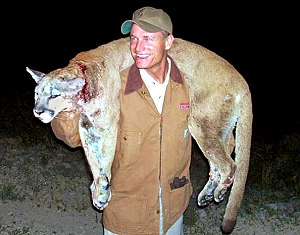
This leads to obvious conflicts with the NAMWC prohibition against the frivolous killing and waste of wildlife.
Given that few hunters actually consume coyotes, wolves, cougars, and except for a few individuals, even bears, it is obviously a “waste” of wildlife to shoot or trap these animals just for “fun.”
Worse, these policies tend to ignore the growing body of evidence that suggests a significant ecological importance for these animals in maintaining ecosystem health. For instance, in some instances, fear of predators will change the behavior of herbivores like elk and deer, forcing them to use different habitat, for instance, avoiding heavy browsing of riparian areas. This in turn has been shown to increase habitat for songbirds and improve aquatic ecosystems for fish.
There are also social effects from the killing of predators. For instance, older and dominant male cougars have large territories they patrol. They will kill young male cougars that trespass in these territories to reduce competition. Thus the death of a dominant male cougar can permit younger less experienced cougars to occupy a territory. Inexperienced cougars are more likely to attack livestock, thus leading to greater human conflicts.
Trapping of predators or other animals is obviously a commercialization of wildlife. Why should a trapper have the exclusive “right” to kill say otter or marten that the rest of society might value alive? Commercial outfitting is perilously close to commercialization of wildlife as well, especially in states where exclusive rights to kill wildlife in specific areas are granted.
![]() Some proponents of hunting and trapping of predators like wolves or bears argue that if these animals are hunted and trapped, they will garner greater support among hunters for their persistence. But that is somewhat like arguing that if people could own slaves, they would have more incentive to give food and shelter to people who might otherwise be homeless if free.
Some proponents of hunting and trapping of predators like wolves or bears argue that if these animals are hunted and trapped, they will garner greater support among hunters for their persistence. But that is somewhat like arguing that if people could own slaves, they would have more incentive to give food and shelter to people who might otherwise be homeless if free.
Do We Need to Remove Predator Management from State Wildlife Control?
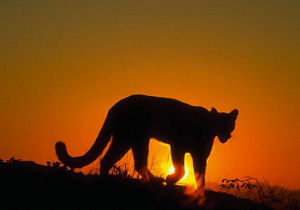 One increasingly popular idea is to remove management authority for predators from state wildlife agencies. Some suggest transferring it to other state agencies with less obvious conflict of interest such as environmental or park agencies.
One increasingly popular idea is to remove management authority for predators from state wildlife agencies. Some suggest transferring it to other state agencies with less obvious conflict of interest such as environmental or park agencies.
Another idea is to change funding mechanisms for state wildlife agencies giving them more general state tax support under the theory that this would provide an incentive for state wildlife agencies to pay attention more to non-hunter concerns. A third option has been to keep management of predators under federal authority by the National Park Service which has a mandate to manage lands and wildlife for more natural conditions.
All of these ideas have their weaknesses and potential flaws. Whether any of these could ultimately alter the way predators are managed by government agencies is questionable. However, we definitely need to challenge the traditional collusion between hunters and state agencies if the NAWMC is to realize its full potential for preserving and enhancing all wildlife conservation in the United States.




 Facebook
Facebook Twitter
Twitter Send Email
Send Email